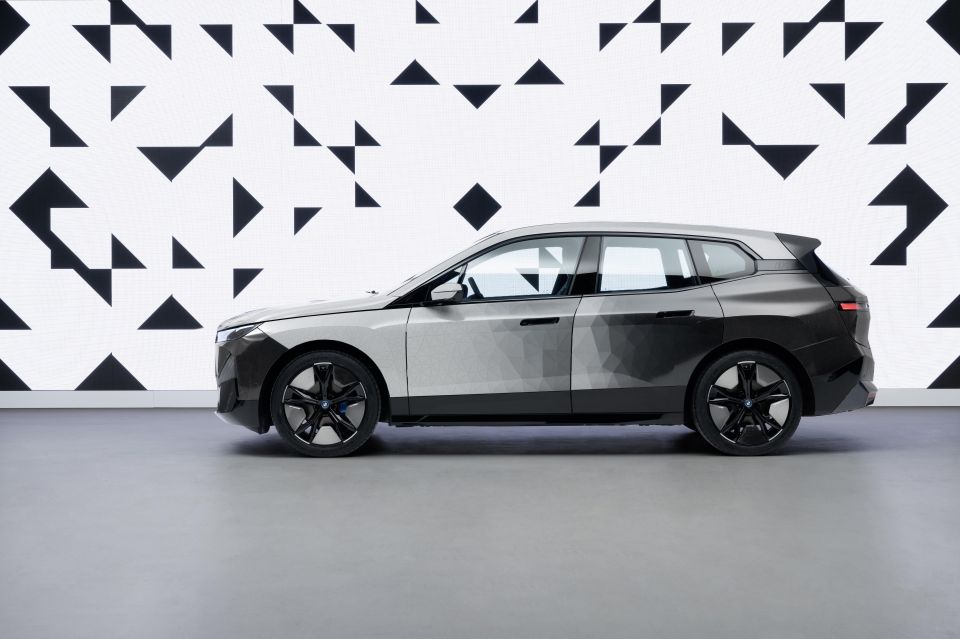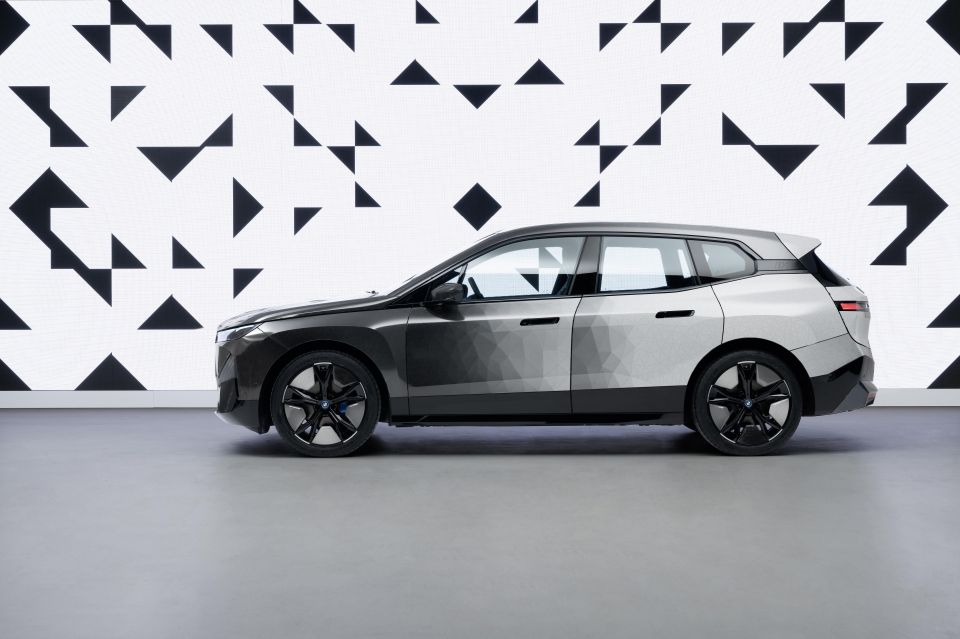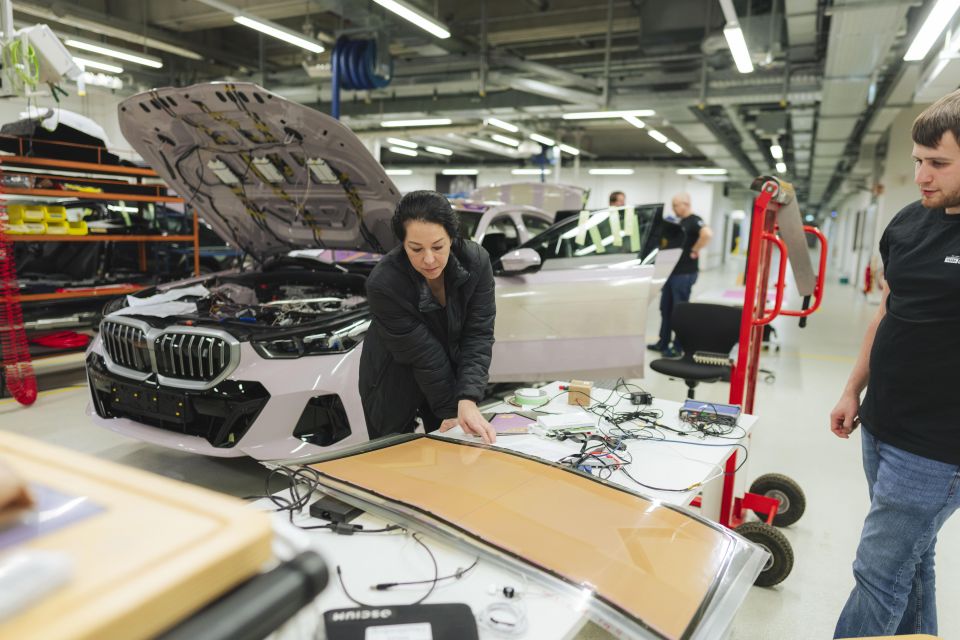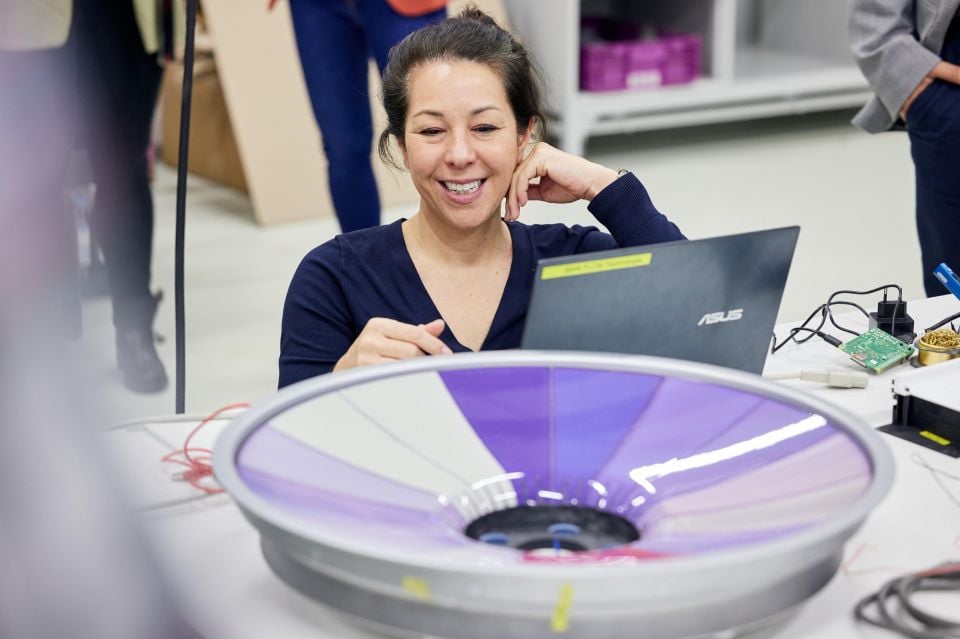

James Wong
2026 Audi SQ5 review: Quick drive
6 Days Ago

Contributor
Choosing the colour of a new car can be a protracted process, with factors such as retained value at play – not to mention the tedious upkeep of polishing and waxing to keep the paint protected.
That may be a thing of the past if BMW has anything to do with it, as the carmaker continues to develop and invest in its revolutionary ‘E Ink’ technology.
Developed by Australian Dr Stella Clarke after taking inspiration from eReaders such as the Kindle, BMW’s E Ink – scientifically known as electrophoretic technology – can change colours when a small electric current is run through it.
100s of new car deals are available through CarExpert right now. Get the experts on your side and score a great deal. Browse now.


A benefit of the technology is when it’s been changed, it doesn’t require any power to stay that way. Its bi-stable capabilities only draws power when change occurs.
BMW previewed E Ink on the black-and-white iX Flow concept in 2022, but it’s since refined the system on the i Vision Dee concept in 2023 and the i5 Flow Nostokana earlier this year.
While there are obvious practical benefits to E Ink, such as being able to turn a car white in hot weather, Dr Clarke said emotive factors have driven the public’s response to the technology.
“I was in UI when I had this idea, so it was always supposed to be something functional because E Ink is wonderfully sunlight readable. With the sun shining brightly on it, it still looks awesome, but at nighttime you can also illuminate it,” Dr Clarke told CarExpert.

“So with displays, especially in the cockpit, we’re developing user interface concepts that need to be used in sunlight. For me, E Ink was the solution to that.
“Even with the iX flow, I would concentrate on use cases such as you could show the battery status on the exterior of the car, or you could switch the car white in summer to help reflect light and keep it cool on the inside.
“These are all quantifiably good and useful and functional ideas, but what we realised with time, and we’ve had to accept, is that this is not a functional topic – it’s an emotional topic.
“People love to match their clothes, and it really brings a smile to people’s faces when they see the rims changing colour or to see racing stripes on a car. So over the years we’ve learned that this is a topic that is emotional, and it’s a topic that brings joy. It does not need to have any functionality.”

Asked whether BMW would pitch E Ink for its functional benefits if it ever made production, Dr Clarke said the early response has made clear what people want.
“They don’t really care so much for the functional stuff. I love that sunlight reflection stuff, but we have to be humble sometimes and realise that it’s not what everybody in the world necessarily likes.”
Though E Ink requires electricity to change colours, this can be drawn from the vehicle’s existing 12 volt system, with Dr Clarke’s original concept drawing just 5 milliamps.
With E Ink being touted as a way to increase a vehicle’s efficiency by changing colours to reduce strain on the heating and cooling system, the question was asked about how much weight it adds.
“It would be about 1.5 kilograms for the entire car, including electronics and including controllers,” Dr Clarke explained.

“Everything on the body of the cars is running off the 12 volt system, we’ve done rims as well and those are more of a challenge.
“We just chucked batteries in the first two cars and the batteries are tiny, little 3.7 volt units. They were behind the BMW logo within the hub of the rim. It really is a huge advantage that they [the E Ink panels] are so low energy.”
It’s not yet known when we’ll first see BMW’s E Ink on Australian roads, but the company is forging ahead with its development for future concepts.
Where expert car reviews meet expert car buying – CarExpert gives you trusted advice, personalised service and real savings on your next new car.
Born and raised in Canberra, Jordan has worked as a full-time automotive journalist since 2021, being one of the most-published automotive news writers in Australia before joining CarExpert in 2024.


James Wong
6 Days Ago


Max Davies
5 Days Ago


Josh Nevett
3 Days Ago


Max Davies
3 Days Ago


Max Davies
2 Days Ago


Derek Fung
2 Days Ago